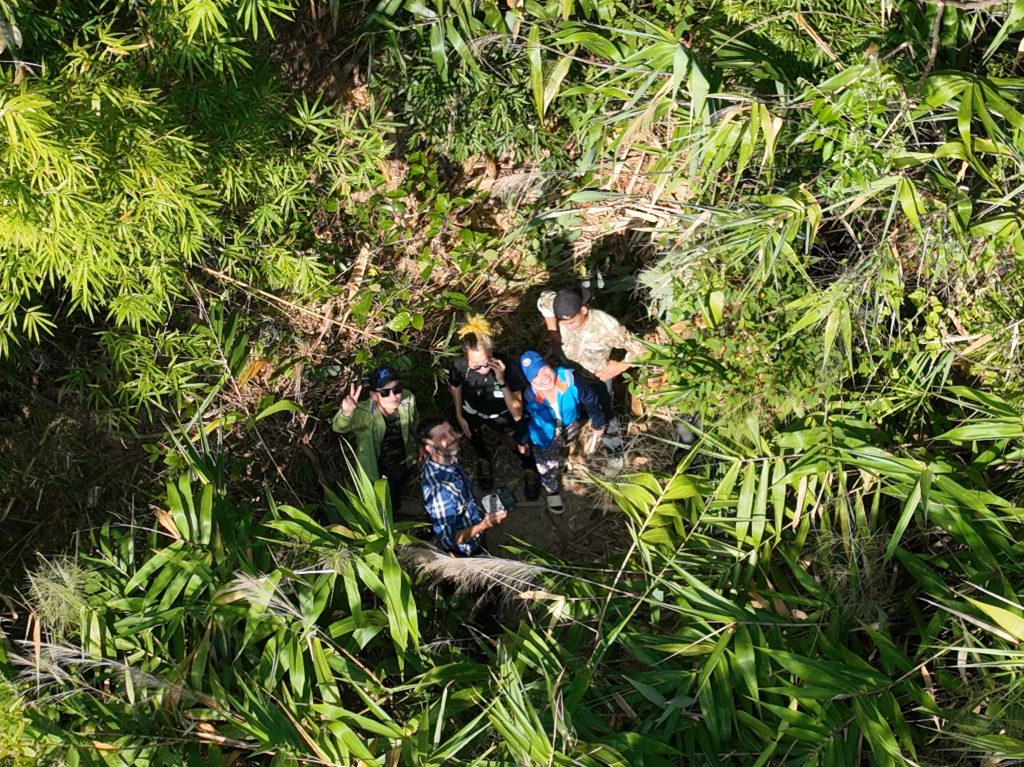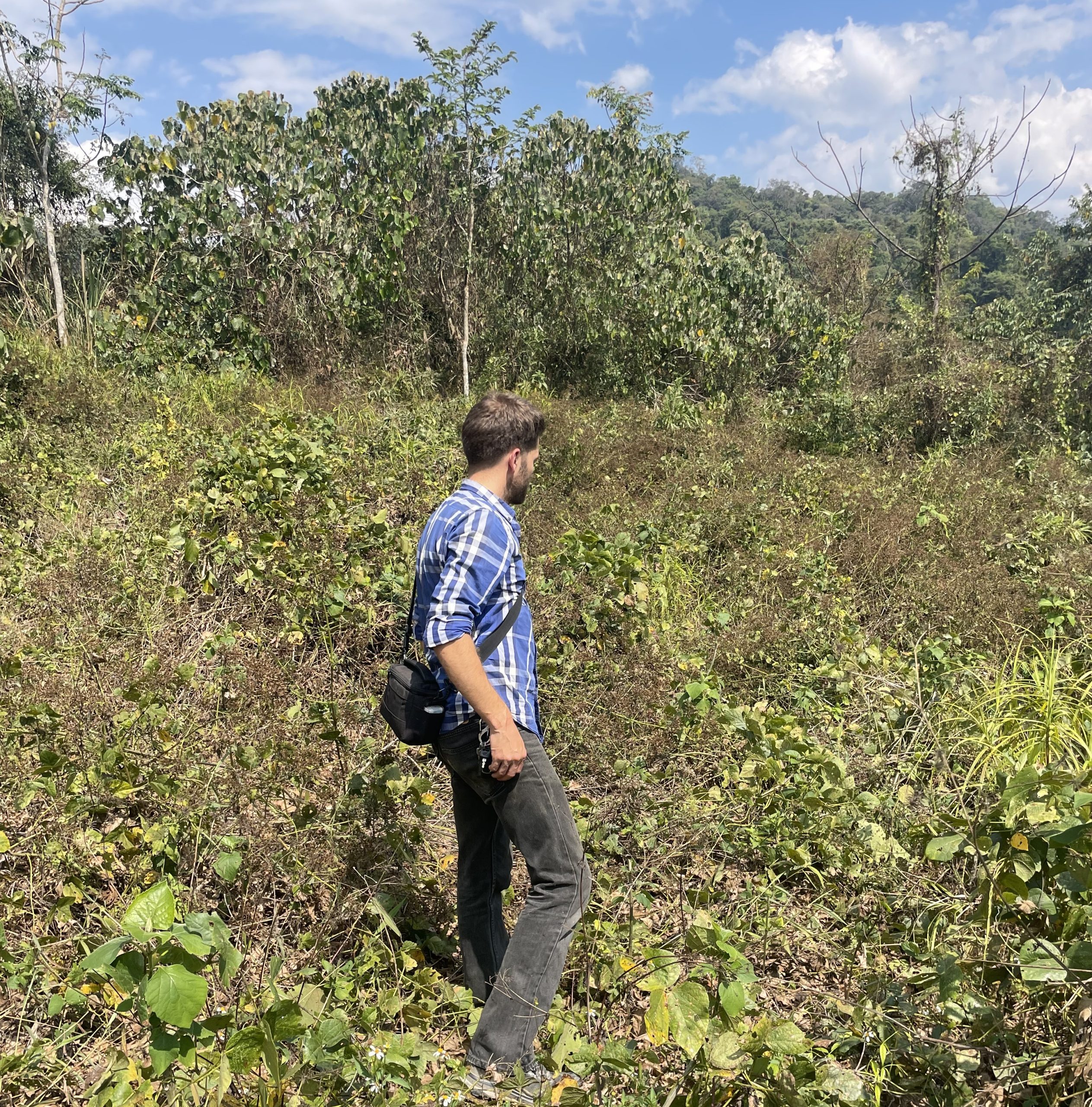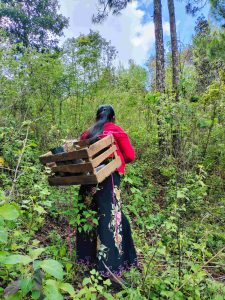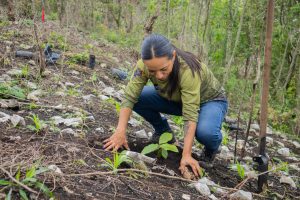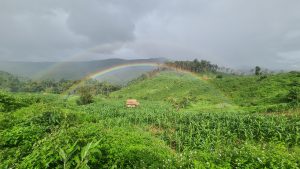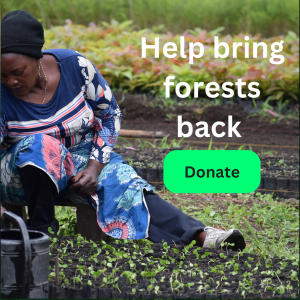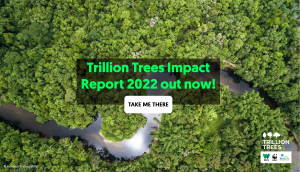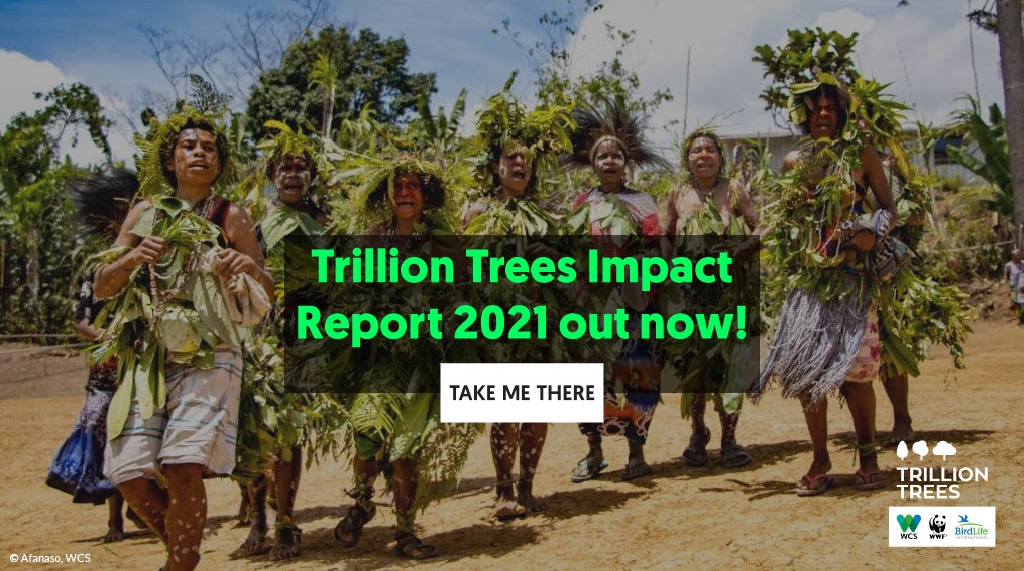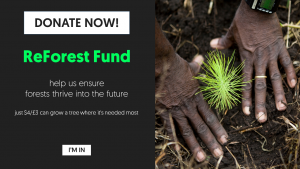My passion for conservation in Southeast Asia began when I joined the United States Peace Corps, volunteering in rural Thailand for three years after completing my Bachelors degree in Wildlife Science. I connected with the Wildlife Conservation Society (WCS) as an intern in Laos in 2015 and progressed to a technical advisor the next year. I now serve as the science lead for the WCS Laos country programme. My role involves a blend of office work, data review, and extensive fieldwork, particularly in the Nam Et-Phou Louey (NEPL) National Park and protected areas further south in central Laos. This approach keeps me connected to the habitats and projects I care about, while also working at the national level to advance wildlife conservation efforts.
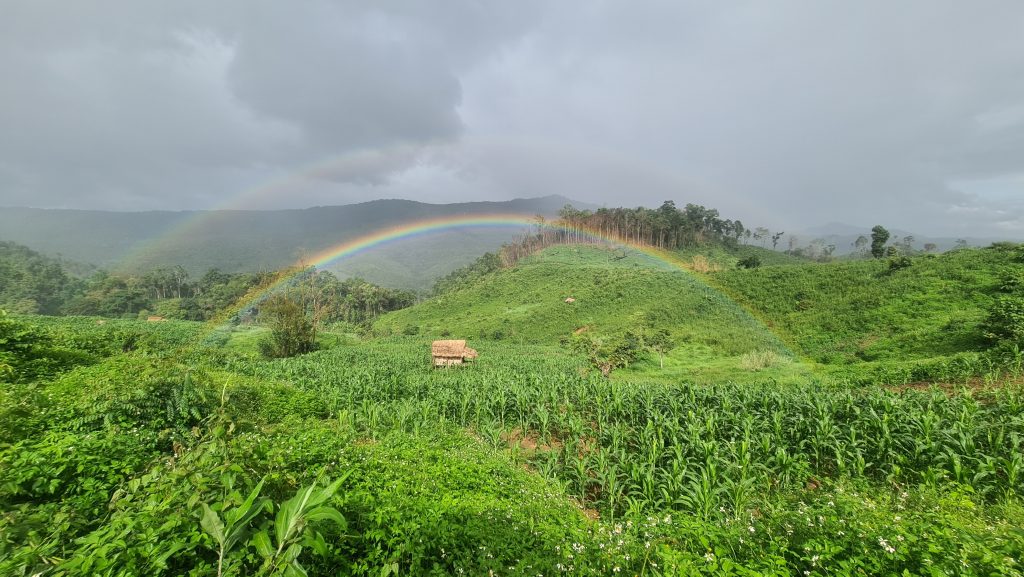
Laos presents unique conservation challenges. Wildlife trade and deforestation are significant threats, exacerbated by global market demand which can encourage unsustainable extraction and displacement of natural ecosystems. There is also a lack of natural resource management systems and a de-prioritization of conservation goals. Management of the Park and enforcement of natural resource regulations is difficult, but the continued presence of species like clouded leopards and dholes drives my commitment – nothing comes close to the excitement I get from fresh camera trap footage of a clouded leopard prowling around in its natural habitat.
Despite challenges, we have made progress assisting local communities and governments to value the conservation of the park through long-term relationship building, financial and technical assistance, and the creation of eco-tourism initiatives. Some tangible results include the prevention of several attempted dams and mining operations in the park and the continued existence of species like the clouded leopard, which exist almost nowhere else in Laos. Established during the 1980s and 90s, NEPL remains one of the largest and most biodiverse natural spaces in Laos. While setbacks have occurred, our efforts have slowed encroachment and protected countless species from local extinction.
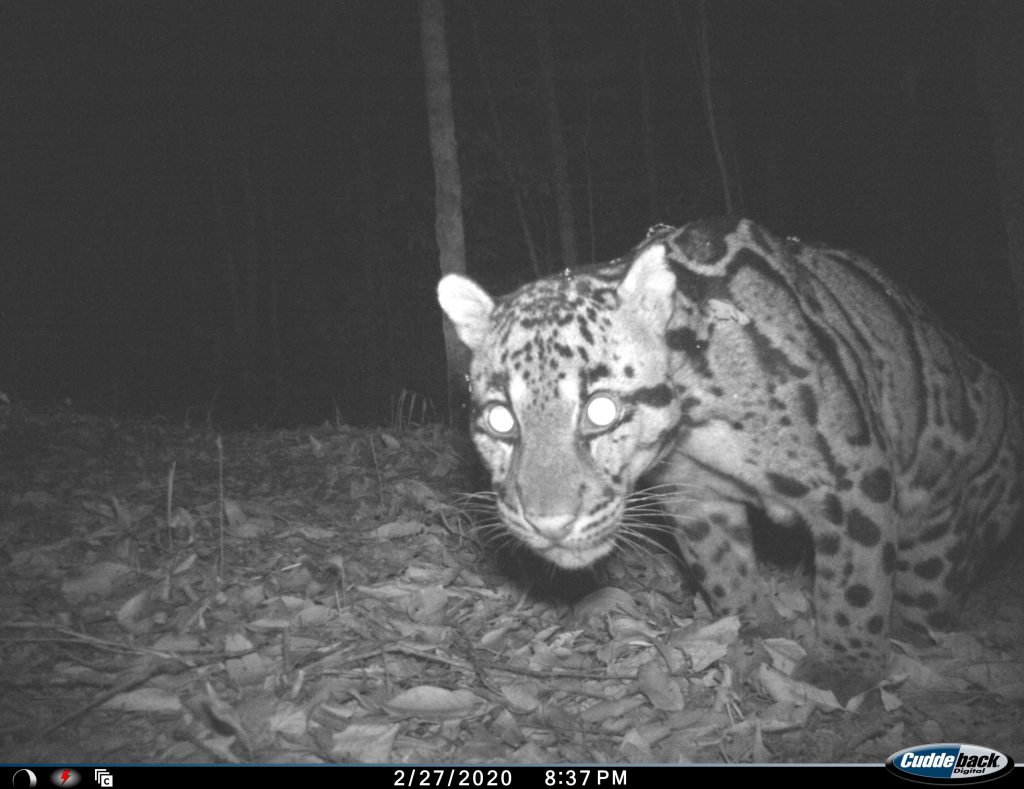
WCS has taken on the challenge of supporting the Park alongside the Lao National Department of Forestry, the 10 district governments in which the park is located, and the 91 Guardian Villages of the Park. My team and I work closely with local communities to balance conservation goals with their needs. This is exceedingly difficult as the majority of families living around NEPL live hand-to-mouth and have little option of turning down whatever the market demand of the day is, even if it means a long-term loss for the health of the community and future generations. Examples of these economic opportunities with sustainability side-effects include the trade in rare wildlife parts, maize and beef production at the cost of forest coverage, and the sale of local wildlife and fish meat to markets in urban areas.
We are working with local communities to develop improved management systems of resources; build awareness for sustainable use; develop conservation agreements; and support community-run ecotourism opportunities. The support and integration of local people is vital to the success of our conservation work and for me, it is also one of the most rewarding aspects of my job. While counteracting global market demands with our very limited resources is a challenging task, I have been propped up over the years by the examples of conservation efforts taken by local people. After two decades of a park management unit (heavily supported by WCS) being an active member and employer in the local community, we can now see local communities making significant administrative decisions in favour of conservation (sometimes at the loss of a potential economic opportunity). Additionally, we see young people from surrounding villages eager to pursue careers with the park as rangers, tourism guides, and wildlife biologists.
We are also working with local communities to bring back natural forests on degraded lands. With Trillion Trees support, we are clearing invasive weeds to allow natural forest regeneration, and to help widen a key link between the northern and southern parts of the Park, vital for wildlife and to increase the overall resilience of the forest. As well as assisting regeneration of the site, we will also protect the burgeoning saplings from cattle grazing, fires, and clearing by local people, to ensure their growth and maturation into resilient forest.
The scope of my work currently is very multi-faceted, so my days are diverse in their location and substance. At my happiest, I am in the field helping teams with data collection or maybe monitoring the systematic removal of vines and alien vegetation from a forest restoration plot; during these times I might be sleeping in a hammock in the forest or at someone’s house in the village. Much of my time is spent behind the laptop in the NEPL park headquarters or at the WCS office in Vientiane. This is especially enjoyable when it involves helping my colleagues process camera trap datasets (hundreds of thousands of images) into numerical biodiversity data or playing with spreadsheets to help reveal ecological patterns in the landscapes where we operate. And, of course, like anyone else I spend lots of time with the management of reports and emails, other administrative tasks, and in meetings and trainings. Ultimately for me, the work all comes down to (1) inspiring a few budding conservationists, (2) seeing an occasional tangible conservation result (in a habitat or a species) as a direct result of my work, and (3) getting some quality time working hard in the forest.
The Trillion Trees project will be the first major restoration attempt in NEPL, but we hope to create foundational learning and experience (in the WCS team and local community partners) that can be applied to restore other degraded areas across the park in the future. This is a long-term effort, but my dedication to conservation in Laos reflects my commitment to preserving its unique biodiversity for future generations. I hope that one day, in the near future, eco-tourists will come to visit the landscape and see and experience the wealth of biodiversity first-hand, whilst at the same time playing a part in its protection.
